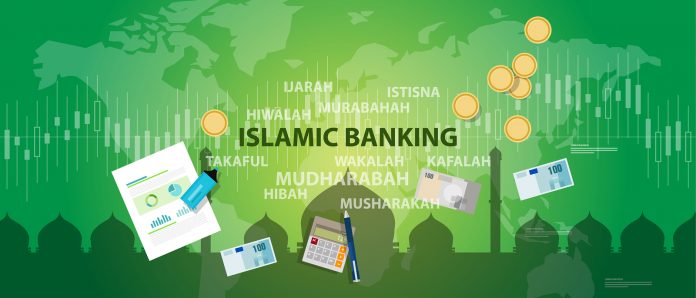However, investments from Islamic banking branches of conventional banks witnessed a decline of Rs2 billion and were recorded at Rs303 billion by end December 2017 as compared to Rs305 billion in the previous quarter.
Financing and related net assets of Islamic banking industry reflected a double-digit growth of 16.6 per cent (Rs172 billion) during the review quarter and were recorded at Rs1,207 billion by end December 2017 compared to Rs1,035 in the previous quarter.
The breakup of financing and related assets among full-fledged Islamic banks and Islamic banking branches of conventional banks reveals that financing and related assets of full-fledged Islamic banks increased by 13.1 per cent (Rs88 billion) during the review quarter and stood at Rs761 billion by end December 2017.
Similarly, financing and related net assets of Islamic banking branches of conventional banks observed a quarterly growth of 23.1 per cent (Rs84 billion) and recorded at Rs445 billion by end December 2017.
In terms of financing mix, ‘Diminishing Musharaka’ remained the leading mode of financing followed by Musharaka and Murabaha in line with the overall banking industry’s trend, a major portion of financing of Islamic banking industry was extended to production and transmission of energy and textile sectors and their share in overall financing of Islamic banking industry stood at 16.4 per cent and 13 per cent respectively by end December, 2017.
Review of client wise financing depicts concentration of financing in the corporate sector, its share in the overall financing of Islamic banking industry stood at 70.6 per cent by end December 2017.
During the period under review, the share of commodity financing increased to 13.9 per cent compared to 5.6 per cent in the same quarter last year. Like previous quarters, the share of small and medium enterprises (SMEs) financing and agriculture financing in overall financing of Islamic banking industry remained low compared to overall banking industry’s averages.




